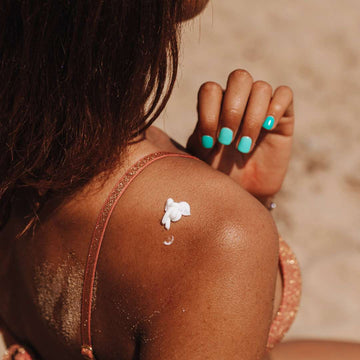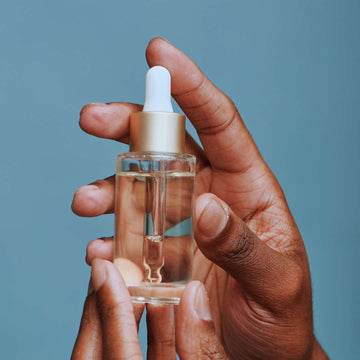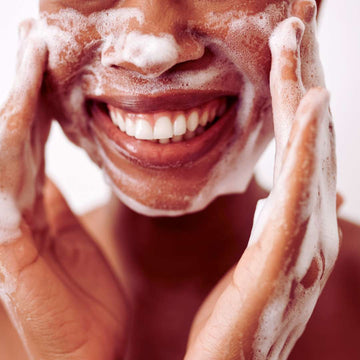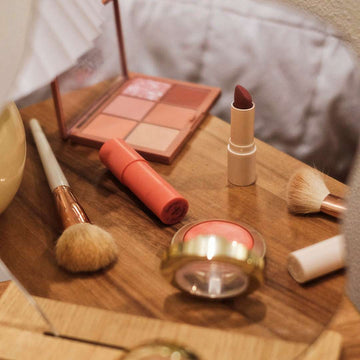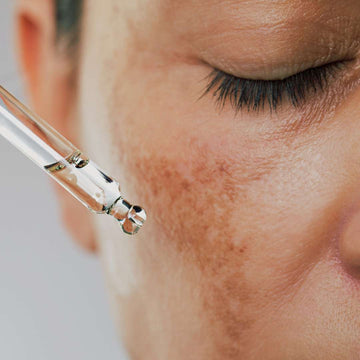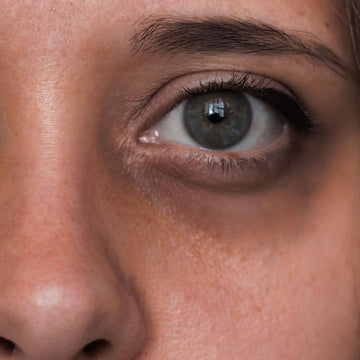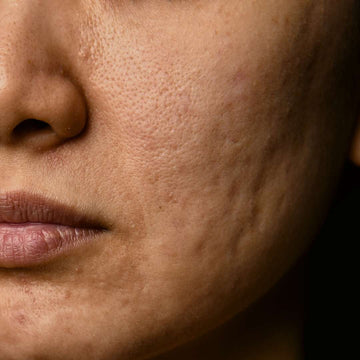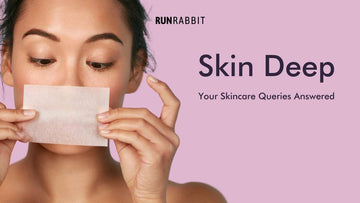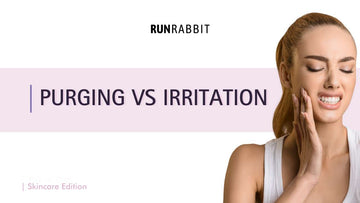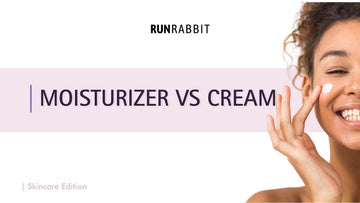This or That - Skincare Edition isn’t just another ordinary blog. It’s your guide for making the right choice between two skincare options. Say goodbye to confusion and second-guessing, we’ll help you clear your doubts and make confident decisions for your skincare routine!
Purging Vs Irritation
Have you ever wondered why you start getting tiny bumps, like acne, after starting a new skincare product? You might find yourself caught in the dilemma of not knowing whether it’s irritation or something else. Maybe you assumed it was irritation, but as you continued using the product, your skin began to improve, and within a few weeks, it looked as fresh and beautiful as a flower.

When you eat pizza or any dough-based food, you might feel bloated, and that feeling can last for a few days. But that doesn’t necessarily mean you had an allergic reaction; it’s simply a temporary response from your body to what you consumed. Similarly, when you introduce a new skincare product, you might notice tiny bumps, acne, flaking, dryness, or peeling. This isn’t always a sign of irritation or an allergic reaction, it could just be your skin’s temporary response to the new product.
While purging is a temporary response to a new product, it can cause a short-term increase in breakouts as the skin sheds dead cells and brings underlying impurities to the surface. This process can actually be a promising sign that the product is working to renew your skin. Irritation, on the other hand, is a more immediate and often uncomfortable reaction, characterized by redness, stinging, itching, or burning. These symptoms typically indicate a negative response, meaning you should stop using the product immediately.
But how can you tell the difference between the two?
When you start using a new skincare product, especially one with active ingredients like retinoids or exfoliating acids, your skin might initially react, but not all reactions are the same. Purging is a temporary process that typically lasts about 4 to 6 weeks and occurs as your skin speeds up cell turnover, bringing underlying congestion to the surface. This might look like a sudden wave of breakouts, but it’s actually a sign that the product is doing its job. Once this phase is over, your skin should start to look clearer and more refined.

In contrast, irritation usually shows up quickly and feels uncomfortable. It can involve red bumps, dryness, peeling, stinging, or a burning sensation, which are signs that your skin is reacting negatively to the product. If you continue experiencing these symptoms or if breakouts occur outside of your usual acne-prone areas, it’s likely not purging. The product may be too harsh, or it could be clogging your pores, especially if it contains comedogenic ingredients. Unlike purging, irritation doesn’t lead to long-term improvements in your skin and may even cause damage if ignored.
To tell the difference, pay attention to the timing, appearance, and location of the reaction. Purging tends to occur in areas where you typically break out and should gradually improve. Irritation, on the other hand, tends to spread to unfamiliar areas and get worse over time. It’s also possible to experience both purging and irritation at once, so it’s important to listen to your skin. If you’re unsure, consider reducing how often you use the product or consult a dermatologist to help you figure out what your skin really needs.

Stop using a skincare product immediately if it causes more than just mild irritation. Signs of a more serious reaction include severe dryness, skin cracking, raw or sore skin, burning sensations, large or painful breakouts, discoloration, or scarring. Additionally, if you suspect an allergic reaction, such as itching, stinging, rashes or hives, swelling, watery eyes, blisters, or cracked skin, discontinue use right away and consult your dermatologist.
Skincare, in many ways, is like a game of tic-tac-toe. You make choices based on ingredients, reviews, and recommendations, hoping the product will be a perfect match for your skin. Most of the time, this guessing game turns out beautifully, but sometimes, it doesn't. That’s when it's important to trust your instincts and listen to your skin.

When things go wrong, don’t panic. Just follow this simple skincare formula: take a break + be cautious + give it some time = all is well. Your skin is smart, it knows what it needs, and with a little patience, it will guide you to the right products.








